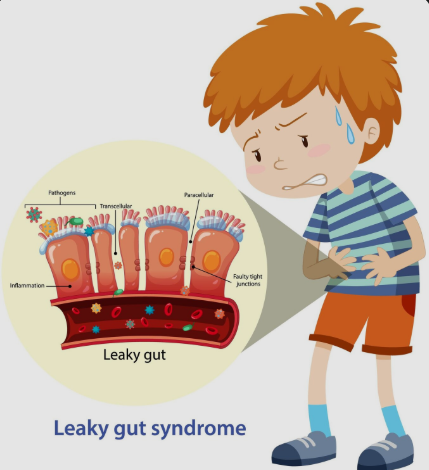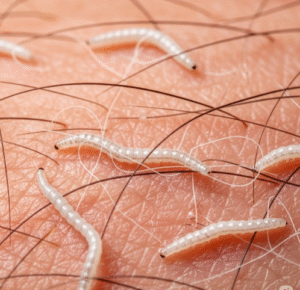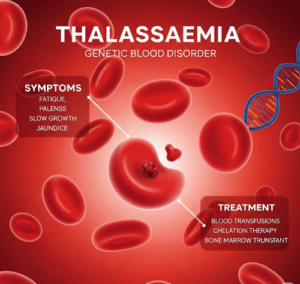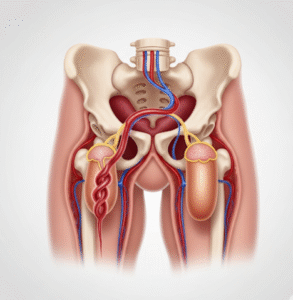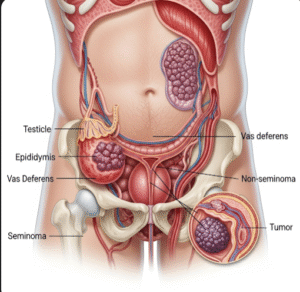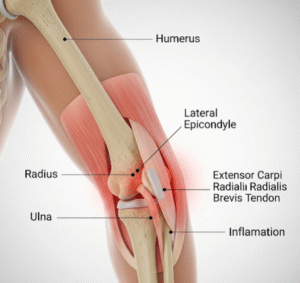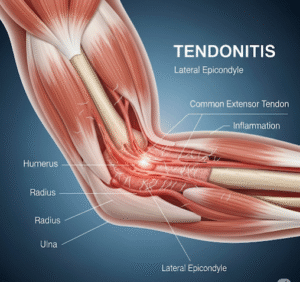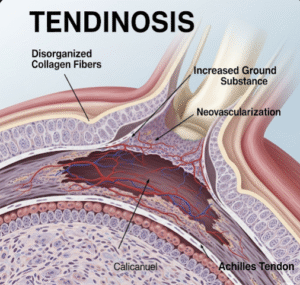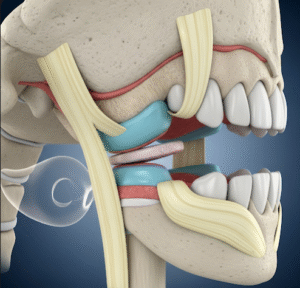Overview
Weaver Syndrome is a rare genetic disorder characterized by rapid growth beginning before birth, leading to tall stature and advanced bone age. It also affects facial features, skeletal structure, and intellectual development. Though variable in severity, early diagnosis and supportive therapies can help manage symptoms and improve quality of life.
What is Weaver Syndrome?
Weaver Syndrome is a congenital overgrowth disorder caused by mutations in the EZH2 gene, which plays a role in gene regulation during development. Children with Weaver Syndrome grow faster than normal, have distinctive facial features, and often experience developmental delays or intellectual disability. While it shares similarities with other overgrowth syndromes like Sotos Syndrome, Weaver Syndrome has distinct clinical and genetic characteristics.
Symptoms
The most common signs and symptoms of Weaver Syndrome include:
- Prenatal and postnatal overgrowth (taller and heavier than peers)
- Advanced bone age
- Distinctive facial features: broad forehead, wide-set eyes, flat nose bridge, and pointed chin
- Hypotonia (low muscle tone)
- Joint laxity and/or contractures
- Developmental delays
- Intellectual disability (mild to moderate)
- Speech or motor skill difficulties
- Behavioral challenges
Causes
Weaver Syndrome is primarily caused by a mutation in the EZH2 gene, located on chromosome 7q36.1. This gene is involved in regulating the activity of other genes during growth and development. Most cases result from de novo mutations, meaning they occur for the first time in the affected individual and are not inherited from the parents.
Risk Factors
Since most cases are sporadic and not inherited, there are no well-established environmental or lifestyle risk factors. However:
- Advanced parental age may slightly increase the risk of de novo mutations
- Genetic predisposition in rare familial cases
Complications
Complications associated with Weaver Syndrome can include:
- Developmental and intellectual delays
- Feeding difficulties in infancy
- Orthopedic problems like joint instability or scoliosis
- Speech and language impairments
- Behavioral issues or autism spectrum disorder-like traits
- Emotional and social adjustment challenges
Prevention
There is no known way to prevent Weaver Syndrome due to its genetic origin. However, genetic counseling is helpful for:
- Parents who have a child with Weaver Syndrome
- Families with a history of overgrowth syndromes
- Prenatal testing if the EZH2 mutation is identified in a parent or fetus
Treatment Options in Korea
South Korea offers world-class medical genetics and pediatric care for managing Weaver Syndrome. Key treatment options and services include:
- Genetic testing and counseling – available at major institutions like Seoul National University Hospital and Samsung Medical Center
- Pediatric endocrinology – for growth monitoring and hormone evaluations
- Physical and occupational therapy – to improve motor skills and muscle tone
- Speech therapy – for language development and communication challenges
- Developmental and psychological evaluations – including early intervention programs
- Orthopedic care – to manage joint or spine-related issues
- Special education and behavioral therapy – for intellectual and behavioral support
Multidisciplinary care teams in Korea ensure comprehensive, lifelong management for children and adults with Weaver Syndrome, with a strong focus on maximizing developmental potential.

